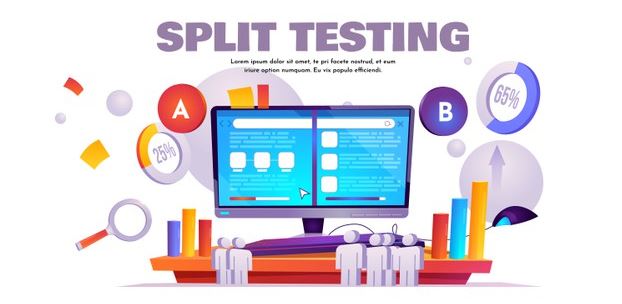
A/B Testing, sometimes known as split testing, is an experimental process of testing different variables under the same conditions to attain measurable results. It is used in efforts to improve processes and develop best practices with the support of quantitative evidence. For reliable results, all experiment conditions should remain the same, except for just the single variable in question. Typically, there is a “control” or existing variable and a “challenger” or new variable. The results can come in the form of revenue dollars, customer conversion rates, click-through rates or actual customer feedback. A/B Testing exposes the reality of each variable’s effectiveness and paints a picture of consumer trends and purchasing behavior.
Who uses A/B Testing?
A/B Testing helps businesses through any decision-making process by providing measurable results across different scenarios. Web Development and E-Commerce Companies regularly use A/B Tests to consistently improve web interface and user experience. They experiment with the look and feel of different webpage features, such as call-to-action buttons, change of color palettes, and measure the correlating customer conversion rates. Media Companies and News Outlets use this method to gauge which types of headlines or cover photos attract the most article clicks or magazine purchases. In the Retail space, businesses conduct what is known as Retail Merchandise Placement-Based A/B Testing, which guides product placement within brick-and-mortar or online stores. Retailers also use it to determine pricing; this is seen in the trend to end prices with .97 or .99, a pricing strategy supported by hard evidence of its effectiveness in sales.
A/B testing can be accomplished using many different methods. Some of these methods are color changing, text input requirements, length of a form, whether items are aligned differently, whether to advertise a price as being ‘reduced’ or not. Sometimes the slightest change can bring dramatic results.
